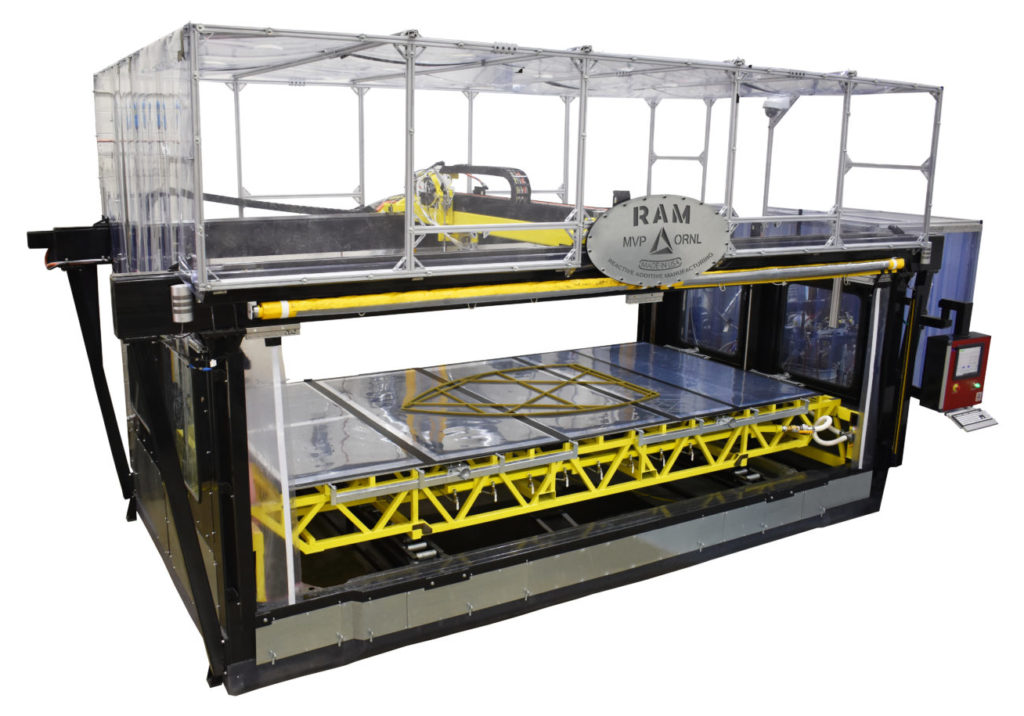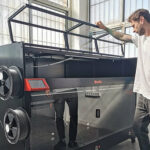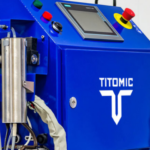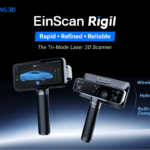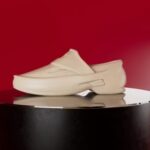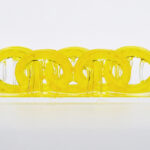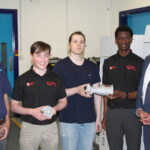Magnum Venus Products (MVP) has recently unveiled a large-scale Reactive Additive Manufacturing (RAM) system that can process fiber-reinforced thermosets. In using this type of polymer, RAM unlocks new benefits for large-scale prints such as increased strength and reduced cost compared to printing thermoplastics.
RAM was developed in conjunction with Oak Ridge National Laboratory (ORNL) and materials-supplier Polynt. The machine is able to deposit about 60 lbs per hour and can print parts measuring 8 × 16 × 3.5 feet. Aside from the size and the materials, the system comes with a roll-in / roll-out print table, which comes in handy when loading / unloading huge 3D printed components.
The RAM system hosts a floor-mounted pumping system which measures and controls the short glass fiber-reinforced vinyl ester resin and peroxide initiator into a static mixer in the printhead. This mixture is then extruded through a nozzle as resin, in a manner similar to most FDM systems.
The company states that they believe it could be most useful for Marine, Construction, Automotive and Aerospace industries. As they note, the thermoset market is much older and more developed than the thermoplastics market. Thermosets are also notably cheaper along with providing more adhesion which is especially a welcome property for larger components. According to the company, their RAM system is also more energy efficient as there is no heated chamber or heated print bed necessary.
The thermoset advantage lies in the cross-linking of polymers between printed layers resulting in stronger, more thermo-tolerant products. Compared to thermoplastic reinforced fiber materials, thermoset materials significantly increase z-layer strength, even without the use of reinforced fibers, decreasing thermal expansion and optimizing isotropic expansion.
Thermoset Materials & Resins
The key difference in processing thermosets and thermoplastics is that thermoset polymers retain their final solid form, much like resins used in SLA printers. However, unlike SLA, the RAM system makes use of a reactive resin that cures at ambient temperature, as opposed to relying on UV-curing.
The materials provide a whole range of useful material characteristics due to their chemical make-up. Thermosets consist of polymers that, during the curing process, chemically react to form a powerful bond. This form of curing is unlike that of thermoplastics, which requires heat to soften pellets to make them more fluid, therefore need cooling time to cure properly. This often results in weaker bonds.
Featured image courtesy of MVP.


